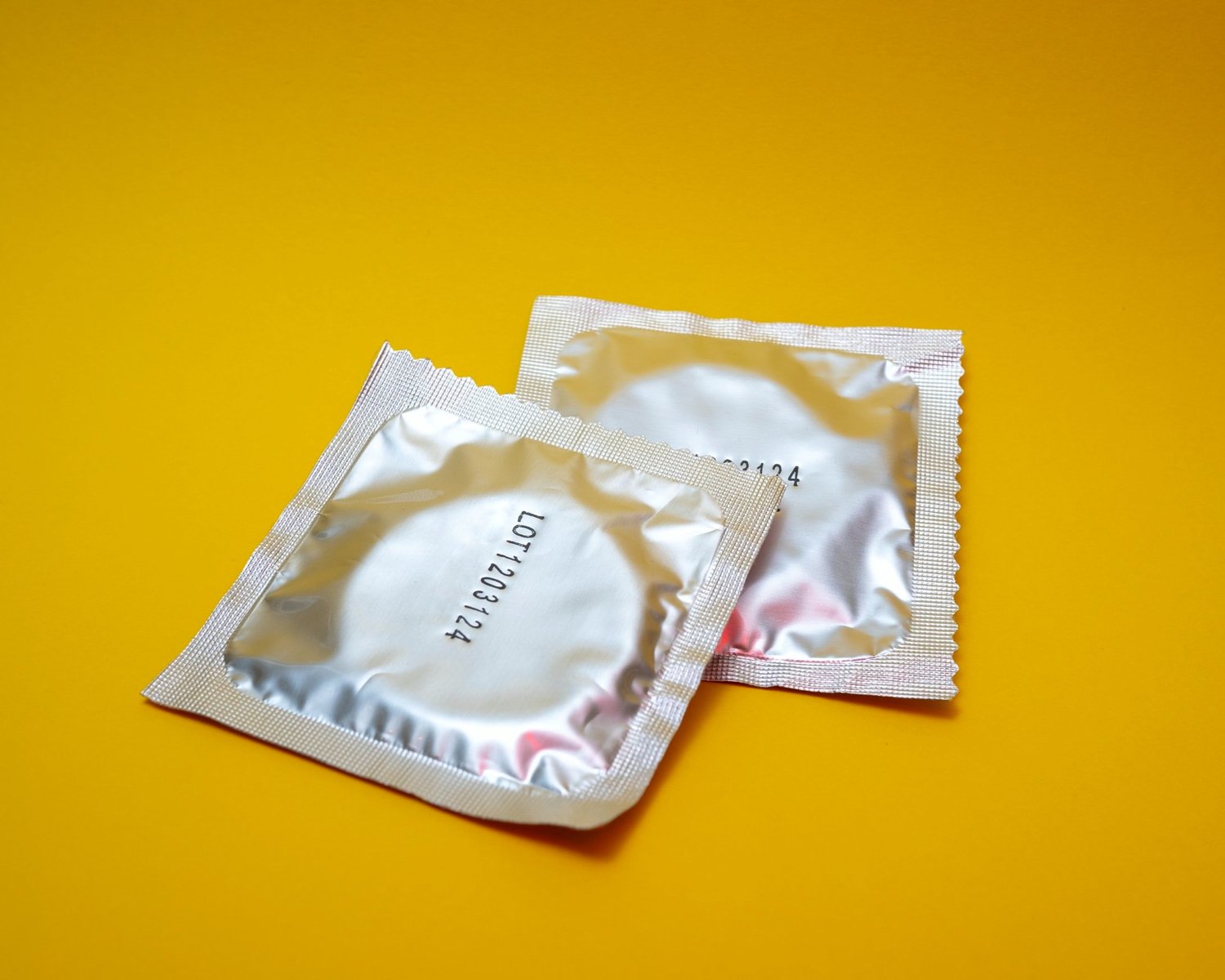Bacterial Vaginosis and Menopause: More Common Than You Think

The term bacterial vaginosis, commonly referred to as BV, can cause apprehension when encountering it for the first time. The vagina has its own microbiome made up of normal lactobacilli bacteria and a smaller proportion of yeast such as candida. These microbes create a unique environment that keeps us healthy. But “vaginosis” sounds a lot like “vaginitis,” so what’s the difference?
Vaginitis simply refers to any disruption in the natural microbiome of the vagina that causes inflammation leading to symptoms of pain, irritation, itching, redness, and abnormal discharge. The three most common types of vaginitis are bacterial vaginosis, yeast infections like candida, and trichomonas. While trichomonas is a sexually transmitted infection caused by a parasite, bacterial vaginosis and candida infections are typically caused by an overgrowth of naturally occurring microbes. Bacterial vaginosis can affect your vagina at all stages of life and may reoccur because of hormone changes caused by medications, pregnancy, and the menopausal life stage. BV can be present with symptoms or can have no symptoms. Let’s explore the causes, risk factors, treatment, and prevention of BV.
Myth: BV Primarily Affects Younger Women
It’s often thought that BV primarily affects younger women. In fact, BV affects women in all age groups, and it increases with age. Bacterial vaginosis is classically considered the most common cause of abnormal vaginal discharge in women of reproductive age. A study found that around one-third (29%) of women in the U.S. between the ages of 14 to 49 were positive for BV. However, further studies found the prevalence of BV was 38% among older women aged 62-90, with prevalence increasing with age. To understand why BV risk increases with age, we must revisit the vaginal microbiome.
What causes bacterial vaginosis? Is it sex?
Bacterial vaginosis is caused by a disruption in the vaginal flora that leads to an imbalance of the normal microbiome. The vaginal microbiome has many different bacterial species, with Lactobacillus being the predominant type. In BV, there is a shift from aerobic or oxygen-consuming Lactobacillus to anaerobic bacteria that do not require oxygen. These anaerobes, such as Bacteroidetes and Actinobacteria, are responsible for the changes in odor and consistency of discharge that can lead to symptoms of inflammation of vaginal tissue.
Lactobacillus is the dominant bacterial species that exist symbiotically with the vaginal lining. The rod-shaped bacteria produce hydrogen peroxide and lactic acid to maintain vaginal pH at around 3.5 to 4.5. Risk factors that increase the occurrence of BV directly cause a disruption to the levels of Lactobacillus and lead to changes in vaginal pH. Semen, for example, has a more neutral pH of 7.2; therefore, there is an increased risk of BV with penile intercourse. Of note, bacterial vaginosis is not categorized as a sexually transmitted infection (STI) because it does not affect male partners, and they do not require treatment. However, BV is itself a risk factor for STIs, and condoms are protective against both STI and BV. More recent studies have found that women with female partners are more likely to have a BV recurrence. These studies have recommended that both partners be treated to minimize the risk of recurrence.
Other modifiable risk factors of BV that alter the vaginal environment include intravaginal use of products such as soaps, douching (definitely not recommended), tampons, scented sprays, powders, or wipes.
Ultimately, estrogen levels are an important risk factor for bacterial vaginosis. Estrogen plays a vital role in maintaining a healthy vaginal environment. Estrogen levels increase during pregnancy and the ovulatory stage of the menstrual cycle and decrease gradually as we age. Menopause marks the end of reproductive years and results from declining estrogen. Estrogen directly influences the levels of Lactobacillus species in the vaginal microbiome; therefore, perimenopause and menopause are two important risk factors for developing BV.

Symptoms of BV and Diagnosis
Approximately 50% of women with BV are asymptomatic, meaning they have no symptoms. The remaining 50% report symptoms of vaginal odor (“fishy smell”), itching, and increased discharge. Your healthcare provider will ask about color, consistency, volume, and odor and may also collect a sample for further analysis. Laboratory analysis will differentiate between BV and other causes of vaginitis, such as candida infections. Normal vaginal discharge is typically white or light yellow and is clear in consistency. The volume of discharge depends on a multitude of factors, including the menstrual cycle, medications (especially hormone modulators), and sexual intercourse. Typical vaginal discharge comprises mucus-like secretions from glands near the cervix and uterus. It is also composed of dead skin cells and normal vaginal bacteria that exist symbiotically with our cells. BV may cause increased frequency of thicker, malodorous discharge and vaginal pain, swelling, and irritation.
BV can increase the risk of contracting STIs. Your healthcare provider may also collect vaginal swabs to test for gonorrhea, chlamydia, and trichomonas and screen for viruses such as HIV, HPV (papilloma virus), and HSV (herpes virus). Untreated symptomatic BV can lead to several long-term complications, such as pelvic inflammatory disease and intrauterine infections due to the ongoing inflammation of the vaginal tissue. Therefore, it is important that women with symptoms get screened. It’s also a reminder that practicing safe sex with condoms is still recommended even later in life.
Treating BV
Treatment is accomplished mainly through oral or vaginal antibiotic therapy; the most commonly used are metronidazole and clindamycin. No data are available that directly compare the efficacy of oral and topical medications for treating BV. The CDC recommends testing before treatment. Patients that are positive for bacterial vaginosis but are asymptomatic are often not treated with antibiotics. BV can resolve without treatment and the use of antibiotics can result in yeast infections and an altered vaginal microbiome. If a woman has a female partner with a vagina, then it is recommended that the partner is also screened and treated. Providers may also recommend screening for STIs together with BV screening given the increased risk of co-infection. Asymptomatic BV is often treated in women with other STDs before gynecologic surgery (i.e.hysterectomies) and in pregnancy to reduce the risk of complications.

Emerging Trends In Preventing BV
Given the high recurrence of BV throughout a woman’s life and the increasing incidence with menopause, recent studies have focused on preventing BV in postmenopausal women with estrogen replacement and probiotic usage. Menopausal hormone therapy (MHT) was found to increase the levels of Lactobacillus in post-menopausal women, decreasing the incidence of atrophic vaginitis and bacterial vaginosis. Although more controversial, oral probiotics have shown some promising results and are increasingly important as medical research learns more about antibiotic resistance and the adverse effects of continued use in disrupting the vaginal microbiome. Co-treatment of patients with probiotics and antibiotics showed increased effectiveness in treatment and prevention of recurrence. Before starting any supplements or hormone therapy, speak with your healthcare provider regarding the risks and benefits of each in relation to your unique medical history.
Meanwhile, treat your vaginal microbiome with care. Don’t use any products not specifically formulated for the vaginal area, and practice safe sex if you have new or multiple sexual partners. If you suspect you have BV, schedule an appointment with your healthcare provider. As clinicians, we are trained and comfortable having conversations about vaginal health and what to do and not do. Your vaginal microbiome will be happy you asked!
Whether you’re just starting to dip your toes into perimenopause, continuing to experience postmenopause symptoms, or simply looking for guidance on what to expect in the coming years of life, we’re here for you! For more information and support around your menopause journey, as well as ideas for symptom relief, download Midday from the App Store or visit us at Midday.Health.
Dr. Risa Kagan, MD, FACOG, CCD, NCMP is a leading clinician and researcher in Gynecology and Menopause. She is a board-certified obstetrician-gynecologist at Sutter Health and has been a Clinical Professor in the Department of Obstetrics, Gynecology, and Reproductive Sciences, University of California, San Francisco for over 35 years. She is a North American Menopause Society (NAMS) Certified Menopause Practitioner (NCMP) and is certified by the International Society of Clinical Densitometry (CCD). She was previously co-medical director and principal investigator (PI) for multiple clinical trials at the Foundation for Osteoporosis Research and Education (FORE) in Oakland, CA, and now serves on the Medical and Scientific Advisory Board of American Bone Health (ABH). She is also a PI on numerous women’s health clinical research trials with the Jordan Research and Education Institute (REDI) of the Alta Bates Summit Medical Center, Sutter Health Research Institute. Dr. Kagan is the author or co-author of numerous publications in peer-reviewed journals and is on the editorial board of Menopause. She is often an ad hoc reviewer for many other journals including The Journal of Women’s Health and The Journal of Sexual Medicine. She specializes in gynecology with a particular focus on gynecologic surgery and women’s health issues including menopause, bone health, female sexuality, and female cancer survivorship. Dr. Kagan is regarded as one of the leading physicians in her field and has been nationally listed in US Best Doctors for many years. Dr. Kagan graduated from New York University and the Albany Medical College of Union University. She completed her internship-residency at the University of California San Francisco.
Sign up for more unique women’s health content
By submitting this form, you agree to the Lisa Health Privacy Policy and Terms of Use

